President Donald Trump announced the imposition of reciprocal tariffs with a minimum rate of 10% on all imports, along with higher tariffs targeting countries that impose excessive duties or strict barriers on U.S. exports. This move is intended to enforce the principle of “reciprocity,” aiming to restore balance in trade relations and correct what the administration views as unfair practices that have harmed domestic manufacturing for decades.
China emerged as the most affected country, with effective tariffs on its exports to the U.S. rising to 54%. Meanwhile, countries such as the United Kingdom and Brazil will face a standard 10% tariff. This policy marks a new phase of global trade tensions, with clear signs that several international players—including the European Union and East Asian nations—are preparing countermeasures, potentially in a coordinated manner.
Following the tariff announcement, U.S. markets experienced notable turbulence. Futures on the S&P 500 index fell by 1.6%, reflecting growing investor anxiety about a possible full-scale trade confrontation. At the same time, demand surged for safe-haven assets such as gold and the Japanese yen, signaling a potential shift in global risk appetite.
This significant shift in U.S. trade policy may provide a strong boost to domestic industry, yet it carries substantial risks stemming from international responses and the possibility of a slowdown in global trade activity. As such, investors are advised to monitor developments closely, given their potential impact on capital flows, commodity prices, and market trends in the coming period.







